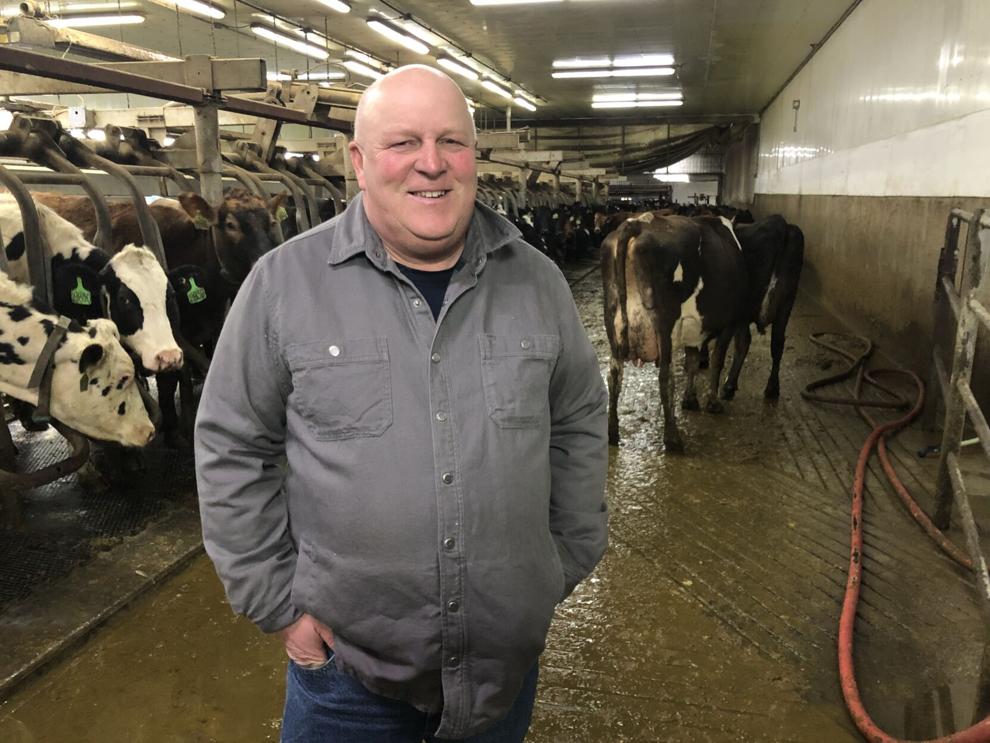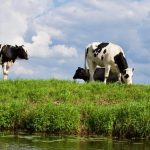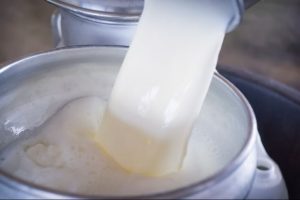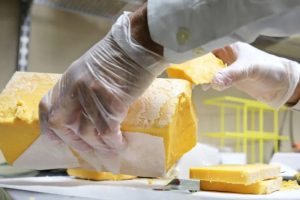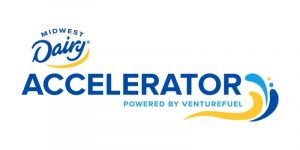
Milk production in South Dakota rose by 12% from December 2019 to December 2020, and farmers added about 14,000 new dairy cows during that one-year period, according to the USDA National Agricultural Statistic Service. The recent jump in dairy cows and milk production continues a trend of expansion that has evolved over the past decade.
The dairy industry expansion has come in response to South Dakota’s emergence as a major player in the burgeoning cheesemaking industry.
Industry experts say the increase in milking cows has come from expansion of longstanding dairies, the launch of milking operations at existing farms that have diversified, and also from the relocation of dairy operations to South Dakota from states such as California.
“We’ve got a tremendous amount of interest in dairy in South Dakota right now and we’re growing to meet the need,” said Marv Post, a Volga dairy operator who is chairman of the South Dakota Dairy Producers Association.
An analysis by a professor at South Dakota State University using 2012 data pegged the direct revenue generation of the state dairy industry at $427 million a year, with about 2,000 full-time jobs, and estimated the total direct and indirect economic impact at about $650 million a year. Most dairy operators employ a mix of local residents and immigrant workers on visas.
As in other agricultural industries, dairy farmers are increasingly using genetics, data monitoring, technology and robotics to boost the production of each individual animal while implementing an economies-of-scale approach to the size of their farms, raising the efficiency and profitability of their operations.
In 2013, South Dakota had 272 milking operations with about 92,000 cows, compared with 171 farms with 127,000 cows in 2020, representing a 37% reduction in farms and a 38% increase in number of animals. The amount of milk produced rose from 2.0 billion pounds in 2013 to 3.1 billion in 2020, a jump of 55% during that eight-year period.
The amount of milk produced by each dairy cow in the U.S. has risen by 11% over the past decade to almost 24,000 pounds per year, an increase attributed to improvements in breeding, milking technology and animal treatment.
Three major cheese producers in eastern South Dakota have created much of the capacity for the expansion of the dairy industry. The launch of Bel Brands in Brookings in 2014 and major expansions completed in 2019 at the Agropur cheese plant in Lake Norden and at the Valley Queen Cheese plant in Milbank created the need for roughly 115,000 more milking cows.
The ability of dairy operators to provide increasing levels of milk presents even greater opportunities for future expansion or diversification of cheese plants in South Dakota.
“The milk growth has certainly got our attention, and I can tell you that we’re not done growing yet,” said Doug Wilke, CEO of Valley Queen Cheese.
Even though consumer consumption of liquid milk has been on a steady decline in the U.S., falling by 28% from 2000 to 2019, America’s appetite for dairy products overall has been on a rapid rise and reached record levels in 2019, according to data from the USDA Economic Research Service.
Per-capita consumption of all dairy products in the U.S. rose by 16% over the past 30 years, from about 560 pounds per year in 1989 to about 650 pounds per year in 2019, according to the USDA. In the past decade alone, per-capita consumption of butter is up 24%, yogurt consumption has risen by 7% and, most important to South Dakota and its cheesemaking industry, per-capita cheese consumption in the U.S. has risen by 19% in the past 10 years.
A big boost to the South Dakota cheesemaking industry came in 2014 when Bel Brands opened its $140 million, 170,000-square-foot plant in Brookings that can produce 22 million pounds of Mini Babybel cheese rounds each year.
Valley Queen spent about $52 million to expand its capacity by about 25% in 2019, and Agropur underwent a $252 million expansion that nearly tripled its capacity.
Dairy farmer Rodney Elliott of Lake Norden said state programs gave him information about the South Dakota dairy industry and local opportunities for development when he was considering a move from Northern Ireland to the United States. Elliott said he went on a state-sponsored trip to South Dakota in 2004 and moved here to buy land and farm in 2006.
Since then, Elliott has continued to expand his operation, called Drumgoon Dairy, growing from 1,400 milking cows initially to about 6,000 now. His farm produces about 360,000 pounds of milk each day.
Elliott underwent a significant expansion recently, including the addition of robotic milking machines, to produce more milk to accommodate the increases in capacity at both Agropur and Valley Queen.
“It’s a young, vibrant dairy industry that is populated by good, passionate people,” he said.
Tom Peterson, executive director of the South Dakota Dairy Producers Association, said the recent growth in the dairy industry has also been spurred in part by the state’s strong row-cropping industry that provides a ready source of feed for milking cows.
When any agricultural industry or operation expands, businesses that support it all benefit in some way, as do local communities, Peterson said.
“That money rolls around in communities; it helps local restaurants on Main Street, it helps strengthen schools that would be seeing decreasing populations,” Peterson said. “It’s just a big overall community benefit.”
Valley Queen Cheese in Milbank has significantly ramped up production and its need for milk over the past few years.
The cheesemaker completed the $52 million expansion in 2019 that increased milk-processing capacity by about 25%, or roughly by 1 million pounds per day, said Wilke, the CEO. The plant now produces about 200 million pounds of cheese each year.
The plant added about 40 jobs during the expansion and now employs about 315 people with an annual payroll of about $20 million, Wilke said.
Wilke said he was curious to see if the dairy industry in South Dakota could respond adequately for the increased need for milk for the three large plants and other smaller producers, such as Dimock Dairy. In the three years since, he said he has been pleasantly surprised.
The company thought it would take South Dakota dairies until 2023 to ramp up production to meet the full need for milk at Valley Queen, but now the capacity requirement appears likely to be reached in 2022, Wilke said.
“What that next growth cycle looks like depends on how milk production continues to grow in the region and what our customers desire in terms of products,” he said.
Post said he was unable to provide details but said another expansion of milk-processing capacity is likely to occur soon in South Dakota that will require milk from another 30,000 to 40,000 cows.
“We’ve proven that every time there’s been an expansion in processing, that we will produce the milk to fill that need,” he said.
